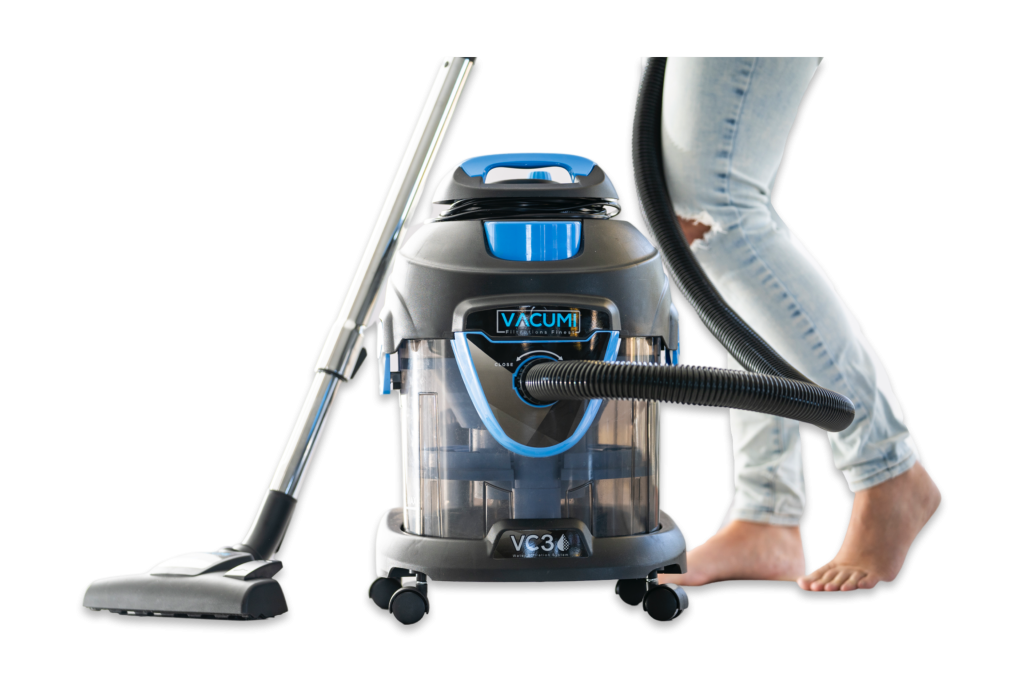Mattress and Bedding Encasements for Asthma and Allergy Sufferers

Mattress and Bedding Encasements for Asthma and Allergy Sufferers
Asthma and allergies are common conditions that can significantly impact sleep quality and overall well-being. For those affected, finding effective ways to manage symptoms is crucial. Mattress and bedding encasements have become a popular solution for reducing exposure to allergens and improving sleep. This article explores the benefits, features, and considerations when choosing bedding encasements for asthma and allergy sufferers.

Understanding Asthma and Allergies
Asthma is a chronic condition characterized by inflammation and narrowing of the airways, leading to difficulty breathing, coughing, and wheezing. Allergies, on the other hand, occur when the immune system reacts to foreign substances like pollen, dust mites, or pet dander. Both conditions can disrupt sleep and lead to a decline in health if not managed properly.
Common Triggers
- Dust Mites: These microscopic creatures thrive in warm, humid environments and are a leading cause of allergies.
- Pollen: Seasonal pollen can infiltrate homes and trigger allergic reactions.
- Pet Dander: Proteins found in the skin, saliva, and urine of pets can cause allergies.
- Mold: Mold spores in damp areas can lead to respiratory issues.
Benefits of Mattress and Bedding Encasements
Mattress and bedding encasements provide a physical barrier that helps reduce exposure to dust mites and allergens. Here are some key benefits:
Allergen Barrier
Encasements are designed to block allergens like dust mites and pet dander from penetrating the mattress and pillows. This helps create a cleaner sleeping environment and reduces allergy symptoms.
Mattress Hygiene
Encasements protect mattresses from spills, stains, and moisture, preventing the growth of mould and bacteria. This not only prolongs the life of the mattress but also enhances hygiene.
Improved Sleep Quality
By minimizing exposure to allergens, encasements can lead to better sleep quality. Reduced allergy symptoms mean fewer disturbances during the night, allowing for restful sleep.
Features to Look for in Bedding Encasements
When choosing encasements, consider the following features to ensure maximum effectiveness and comfort:
Material Types
- Hypoallergenic Fabrics: Look for encasements made from materials specifically designed to repel allergens.
- Waterproof Options: These protect against spills and moisture, preventing mold growth.
Secure Closures
- Zippered Enclosures: Ensure that encasements have secure zippers to keep allergens out completely.
- Sealed Seams: Look for products with sealed seams to prevent any allergen penetration.
Breathability and Comfort
- Breathable Fabrics: Choose encasements that allow airflow to maintain comfort throughout the night.
- Soft Texture: A comfortable surface is essential for uninterrupted sleep.
Choosing the Right Encasements
Selecting the right encasements involves considering various factors to meet individual needs:
Mattress Size Compatibility
Ensure the encasement fits your mattress size perfectly. A proper fit is crucial for effectiveness and comfort.
Ease of Installation
Look for encasements that are easy to install and remove for regular cleaning. Some products feature stretchable fabrics that simplify the process.
Brand Reviews and Customer Feedback
Research top-rated brands and read customer reviews to gauge the quality and effectiveness of different encasements. Trusted brands often provide reliable allergen protection.
Price Points and Value for Money
Encasements are available at various price points. While it’s essential to stay within budget, prioritize quality and effectiveness to ensure long-term benefits.
Care and Maintenance Tips
Proper care and maintenance of encasements are vital for their longevity and effectiveness:
Washing Instructions
- Follow the manufacturer’s washing instructions to maintain the integrity of the encasement.
- Use hypoallergenic detergents to avoid introducing new allergens.
Frequency of Cleaning
Regular cleaning is essential to prevent allergen buildup. Washing encasements every few months is recommended.
Preventing Dust Mite Buildup
- Vacuum the mattress and pillows regularly to remove dust mites and allergens.
- Use air purifiers in the bedroom to reduce airborne allergens.
Additional Tips for Managing Asthma and Allergies at Home
Encasements are just one part of managing asthma and allergies. Consider these additional tips for a healthier home environment:
Regular Vacuuming

CLICK LINK: For VACUMI Vacuum sales and further information:
Vacuum carpets, rugs, and upholstery frequently to remove allergens. Use a vacuum cleaner with a HEPA filter for maximum effectiveness.
Air Purifiers
Invest in air purifiers to capture airborne allergens and improve indoor air quality. Choose models with HEPA filters for the best results.
Pet Management
Keep pets out of bedrooms and off bedding to reduce exposure to pet dander. Regular grooming can also minimize dander in the home.
Environmental Controls
Maintain a consistent indoor temperature and humidity level to deter dust mites and mold growth. Use dehumidifiers in damp areas if necessary.
Healthcare Consultation
Consult with healthcare professionals for personalized advice on managing asthma and allergies. They can recommend specific treatments and lifestyle adjustments to improve quality of life.
Conclusion
Mattress and bedding encasements offer significant benefits for asthma and allergy sufferers by reducing exposure to common allergens. By investing in quality encasements and adopting additional home management strategies, individuals can improve their sleep quality and overall well-being. Prioritize allergen management to create a healthier living environment and enjoy restful nights free from allergy disturbances.
By addressing the unique needs of asthma and allergy sufferers, this article provides valuable insights and guidance on selecting the best mattress and bedding encasements. Embrace these solutions for a more comfortable and healthier sleeping experience.




